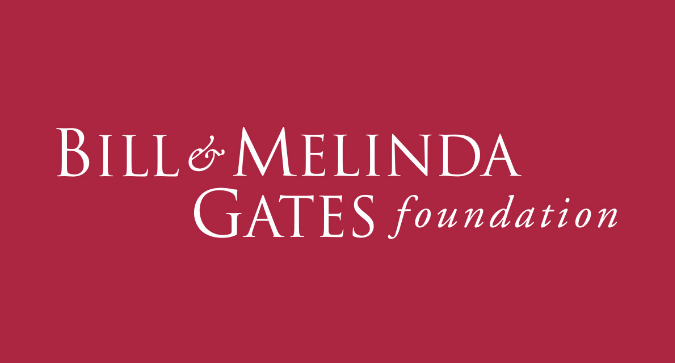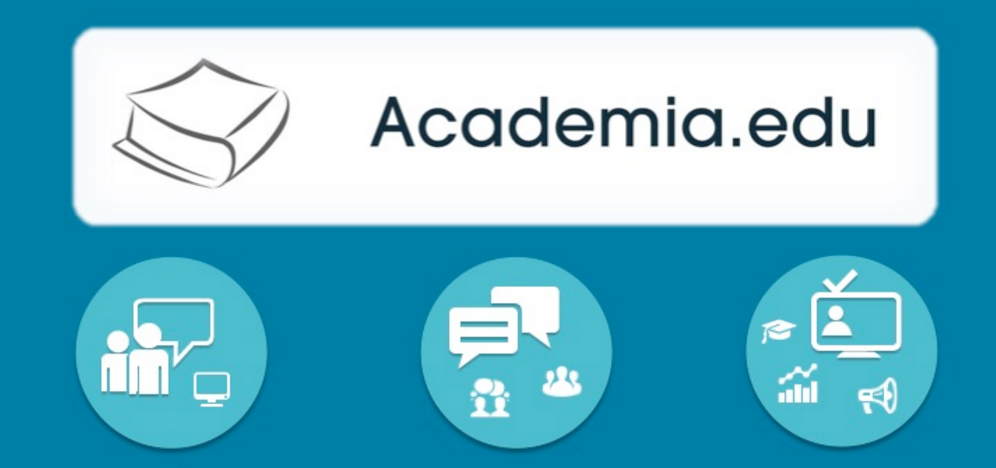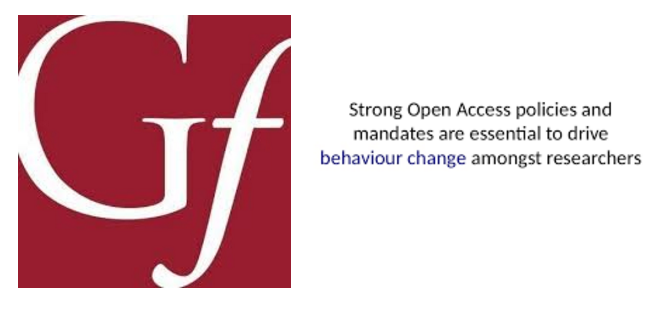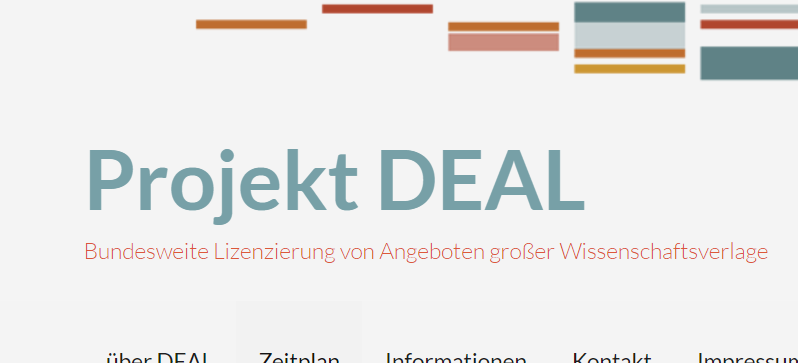
Science journals permit open-access publishing for Gates Foundation scholars
Nature | If research funders demand open-access publishing, will subscription journals acquiesce? An announcement today by the publisher of Science suggests they will — as long as that funder is as influential as the Bill & Melinda Gates Foundation.
The global health charity, based in Seattle, Washington, has partnered with the American Association for the Advancement of Science (AAAS) in a year-long agreement to “expand access to high-quality scientific publishing”. This means that Gates-funded research can be published on open-access (OA) terms in Science and four other AAAS journals.
“This is the first time AAAS is offering open-access publishing for Science and the subscription-based sister journals,” says Meagan Phelan, a spokesperson for AAAS in Washington DC.
Read full article on the Nature

Academic.edu is facing mounting pressure from scholars
Academia.edu is facing mounting pressure from academics and open access advocates. It has been challenged because of its dubious business model: many believe that its model is mainly driven by profit-making motive. Problem comes with how Academia.edu is trying to generate revenue. Furthermore, Academia.edu’s business practices lack transparency. Therefore, ‘it is time to deleteAcademia.edu account,’ says Sarah Bond.
Last year, Academia.edu came under fire from scholars when it announced new model of revenue generation. Its new business model that includes premium services such as ‘promotion of articles’ and special data analytics. Some researchers accuse Academia.edu for selling researchers’ personal data. Particularly, Academia.edu’s plan to monetize by ‘recommending articles’ took scholars by a total surprise. They call the new plan ‘pay-to-play’ business model. Recommending articles, for reasons other than relevance, is unethical, according to Dr. Scott F. Johnson. This approach, if aggressively used, can inflate the impact of the paper. Dr. Johnson says, ‘paying for promotion of your work is irresponsible and intellectually dishonest’. However, Academica.edu strongly denies all accusations brought to it. It maintains that it took no action to charge authors for article promotion and never sold authors’ personal data for financial gain.
Researchers also criticized Academia.edu’s deceptive use of high-level .edu domain that is exclusively used by the US institutions of higher education. Academia.edu is neither an institution of higher education nor has any affiliation with them.
Some researchers have announced their intention to boycott Academia.edu and initiated the hash tag #DeleteAcademiaEdu. Others are encouraging fellow researchers to use fully open access repositories and a genuine social media networks that put the interest of academicians first.
Most of the proposed plans by Academia.edu to monetize on its users, its claims it has millions of users, have faced heavy criticism. Academia’s next plan is not clear yet. Ignoring mounting pressure from scholars and moving forward with its plans may cost Academia, at least in the long run.

Researchers funded by the Gates Foundation are facing difficulties publishing on some top-tier journals. This is due to open access (OA) policy that the Gates Foundation and journal publishers follow, according to the Nature’s writer Richard Van Noorden.
The Gates Foundation in 2014 put open access policy that mandates immediate open access publishing. It also requires researchers to make their research data open. This policy came into effect starting January 2017. However, open access policies many top-tier journals such as Nature, Science, the New England Journal of Medicine (NEJM) and the Proceedings of the National Academy of Sciences (PNAS) have do not allow immediate open access. They impose embargo period that ranges from six months to one year depending on the type of discipline.
The Gates foundation is not considering revising its policy or exempting these journals. As a result, some research findings might not be published on these journals. To address the issue, there is ongoing discussion between journal publishers and the Gates Foundation, according to the Nature. In the past, the US National Institutes of Health (NIH) forced journals to comply with its OA policy requirements.
According to the Nature, about 2000 to 2500 articles funded by the Gates Foundation published each year. Most of them, around 92%, are published on journals that comply with what the Gates Foundation requires. That means only 8 % of them will be affected by the Gates Foundation’s OA policy that does not allow embargo imposition.
Different research funders had different open access policies. For instance, the Wellcome Trust allows publishers to impose embargo period (max one year) on research it funds. Read more

German Research Institutes to Boycott Elsevier
About 60 major German research institutions have mounted coordinated pressure on Elsevier –the giant scientific journals’ publisher. These institutions are putting pressure on Elsevier to renegotiate better terms of contract with Elsevier before the current contract runs out at the end of 2016. So far, the two sides failed to agree on contract that satisfies both sides. As a result, German research institutions do not get access to full texts of Elsevier journals per 1 January 2017. They are determined to continue with the boycott until Elsevier meets their demand.
According to Prof Hippler, President of HRK (German Rectors’ Conference), the negotiation with Elsevier is in a deadlock. Because, the parties failed to agree on core issues. The German institutions’ demand is to see significantly improved ‘provision of and access to content (Open Access) as well as pricing.’ To meet their demand Elsevier proposed a new offer. However, its first offer was rejected by the German research institutions, according to the statement released. The reason provided is that the offer does not comply with the principles of Open Access. Due to disagreement, the negotiation has been terminated. Unfortunately this might have dire consequences on research and teaching process. The institutions seem to continue challenging Elsevier until they agree on an outcome advantageous for the German scientific community, nonetheless.
There are two main reasons that have triggered change in scientific journals publishing industry. First, ever-increasing cost of journal subscription is forcing libraries, individuals and groups to take actions (including boycott) against Elsevier and other industry dominating companies. Subscription cost skyrocketed over the past two decades. As a result major publishers enjoy high ( Elsevier 40%) profit margin; something companies in other industries only dream about. Secondly, open access movement, advocates free access to scholarly research output, is shaking the status quo up. Here the argument is that there is no justification for the public to pay (mostly high subscription fees) for research funded by tax payers.
The criticism Elsevier and others are facing is that despite taking some steps, they have not gone far in terms of embracing open access. Those industry dominating companies including Elsevier publish some of the most prestigious journals in many research fields. Individual institutions have very little leverage over those publishers. That is why coordinated action seem to work to some degree. Last year, in a similar way, the Dutch universities forced Elsevier to come to terms with their demand. Sources

The quality of scientific publications will benefit from a revolution in the peer review models.
The peer review system was created in the 20th century as a means to ensure the quality and integrity of scientific research. Until recently, peer review mostly took place before articles have been published, relying on ‘single blind’ and ‘double blind’ processes. ‘Single blind’ refers to a review system where reviewers remain anonymous to the authors. In the ‘double-blind’ review, both the authors and the reviewers are anonymous to each other. The two models are meant to limit the degree of bias in reviewing processes.
Though it has played a pivotal role in improving the quality of scientific articles, the traditional peer review system has fallen under criticism. Among the academic community, there a growing feeling that traditional peer review is failing at accomplishing its core objective: ensuring scientific quality. With the traditional peer review system, transparency is limited by the fact that the reviewers’ comments are not made public. Besides, the criteria by which scientific articles are accepted or rejected can be rather blurry sometimes. These challenges have forced publishers and researches to look for alternative approaches of reviewing scientific articles.
Open peer review
The whole idea behind open peer review is to achieve a high level of transparency in scientific publications. This approach requires that both the manuscripts, the reviewers’ names and comments and the authors’ response are made available for public scrutiny. Here, authors see who reviewed their work. It also limits reviewers’ bias (which often leads to the acceptance or rejection of an article based on non-scientific grounds) while helping them get due credit for their work. Moreover, the reviewers’ comments released with the manuscript might provide additional and useful information for the readers.
Post peer review
Post peer-review happens after unreviewed articles are published or put online. The objective is to replace or improve pre-publication peer review with post publication comments and critics.
Post review may take three shapes. In the first case, reviewers are formally invited by editors to review the article once it has been published. F1000Research and Copernicus are two major journals pursuing this approach. In the second case, practiced by publishers such as Science Open and The Winnower, unreviewed articles are analyzed by volunteers. Lastly, in the third approach, independent peer reviewers revise papers on third party websites. PubPeer and PubMed Commons are two platforms dedicated to post peer review. Research shows that most online comments about unreviewed articles are negative. To balance over criticism, PubPeer moderates comments whereas PubMed Commons allows only registered users to comment.
All things considered, post peer review makes publishing fast and transparent. Nonetheless, the model has its own flaws. One of the major issues is that voluntary reviewers may not have the required skills to critically judge a scientific work. In addition, some journals might not receive reviews and discussions are fragmented. Another challenge of post review, which is often overlooked by many experts, is the reliability of papers which are not yet reviewed for citation.
Read more

